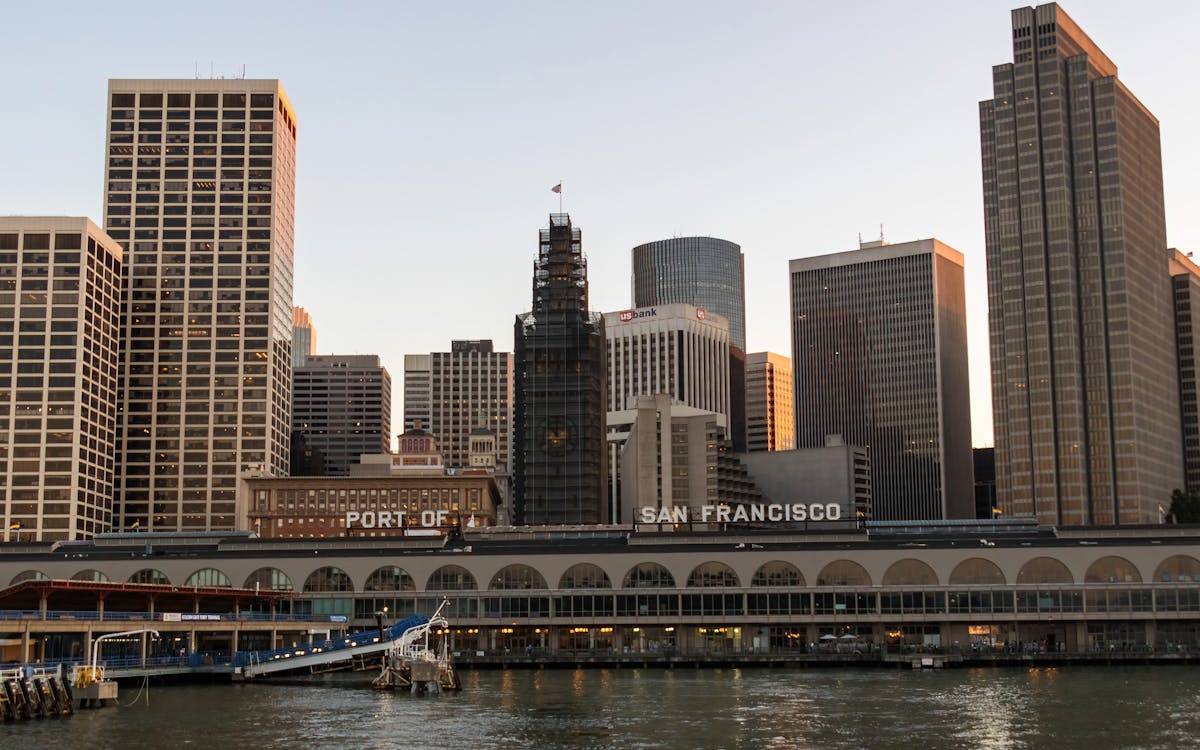
Why Restoration Matters More Than Ever in the Bay Area
Over the last few decades, the San Francisco Bay has weathered the impact of urban expansion, industrial development, and climate change. As soon as including wildlife and lush marshes, many of the bay's all-natural ecosystems have actually been fragmented or broken down. Yet amidst these challenges, something remarkable is taking place: regional residents, volunteers, and grassroots campaigns are leading a wave of ecological remediation that's bringing brand-new life back to the Bay.
Repair isn't practically growing trees or cleaning up garbage, though those efforts are important. It's concerning reconstructing the structures of life, from marsh lawns that sustain fish nurseries to coastline buffers that defend against flooding. And in this region, the power of neighborhood participation is turning the trend very reasonably.
From Marshland to Miracle: The Return of Native Habitats
Among the most noticeable changes occurring in the Bay Area is the re-emergence of indigenous habitats. Wetlands that were as soon as drained pipes or paved over are being rehydrated and replanted. Lawns and hedges indigenous to the region are being grown by area groups, who usually depend on regional volunteers to aid expand seedlings and handle regulated growing occasions.
These indigenous plants do greater than add greenery to the landscape. They use haven to migratory birds, pollinators, and tiny mammals, creating pockets of biodiversity amidst hectic metropolitan areas. As these environments increase, so does the eco-friendly health of the Bay itself. When regional citizens take time out of their weekend breaks to obtain their hands in the dirt, they're not simply growing-- they're joining the remediation of a living, breathing environment.
The Role of Education in Fostering Environmental Stewards
Education and learning plays a crucial part in why these community-led efforts are functioning so well. Schools, area facilities, and not-for-profit teams are arranging hands-on understanding experiences where individuals of any ages can comprehend the science and importance of remediation. These programs typically bring people face to face with concerns like disintegration, contamination, and sea level surge-- subjects that can feel abstract until they're seen up close.
When a person sees the fragile balance of a tidewater or discovers how a solitary plant types can filter toxins from the water, the worth of that understanding becomes personal. And with that said understanding comes the motivation to act. Restoring ecological communities ends up being less of a duty and more of a goal. This deep connection to neighborhood spaces is what establishes the Bay Area apart and fuels the long-lasting success of these efforts.
Using the Digital World to Drive Real-World Change
Surprisingly, the press to recover the Bay's ecosystems isn't happening in isolation from the electronic world. Innovation is coming to be a powerful tool in rallying assistance, spreading understanding, and linking areas. Whether through resident scientific research applications that track native species or community discussion forums organizing remediation occasions, the on-line space is complementing boots-on-the-ground action.
In the last few years, also neighborhood outreach approaches have developed. For instance, a social media marketing agency in the Bay Area could sustain environmental campaigns by helping volunteers amplify their influence, inform their stories, and influence others to get included. These digital touchpoints have the power to transform a tiny weekend cleanup right into a local motion simply by allowing people understand it's happening-- and that it matters.
Email Campaigns That Inspire and Inform Local Change-Makers
One more electronic approach making a concrete difference is e-mail communication. Updates about reconstruction events, seasonal planting initiatives, and donation drives are usually shared with thoroughly crafted e-newsletters that strike a balance in between being interesting and inspiring. It's not unusual for a well-timed campaign from an email marketing agency in San Francisco to bring a thrill of volunteers or contributions to a project in need.
These email projects aren't just transactional-- they're transformative. By informing clients about the direct effect their participation has, they support long-term interaction. Viewers come to feel like stakeholders in the health and wellness of their area, which psychological link translates to lasting commitment.
The Unseen Work of Connecting Data, Communities, and Nature
Behind every successful repair task exists a complicated internet of control. There's study to understand what habitats need most, community feedback to shape inclusive strategies, and follow-up tracking to make sure success. This type of recurring effort commonly calls for not just heart, however data, method, and interaction.
That's where the more here support of a digital marketing company in the Bay Area can make a silent yet critical distinction. By assisting organizations construct strong digital systems, gather understandings, and fine-tune their messaging, these teams make it possible for neighborhood groups to scale their influence. The result is an extra connected and efficient motion, where every action counts, and everyone feels like they're component of something bigger.
The Power of People in Preserving the Bay's Future
If there's one point the Bay Area has confirmed, it's that remediation does not have to begin with big establishments or enormous budgets. It can begin with one next-door neighbor pulling weeds from a path, one student planting an indigenous sapling, or one household showing up to a coastline cleanup. These little activities add up, particularly when they're sustained by smart methods and shown to the broader neighborhood.
There's something distinctly enthusiastic about seeing the tides transform-- both figuratively and essentially-- for nature. The Bay is far from fully brought back, however it's being revitalized day by day through the determination and treatment of those that call this area home. With each marsh rebuilt and each indigenous varieties protected, we're not just recovering communities-- we're visualizing what's feasible when areas lead with objective.
Maintain following this blog site for more stories on local change, community impact, and the ways you can be part of protecting the all-natural elegance that borders us.